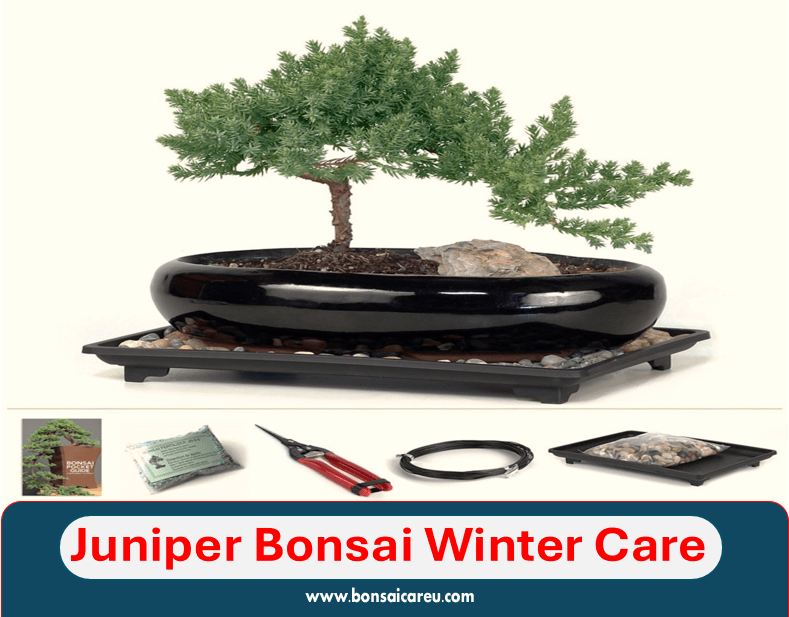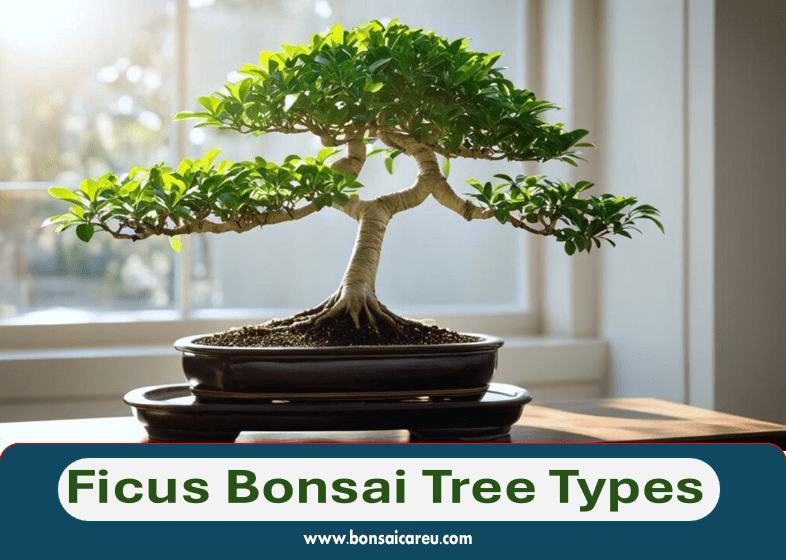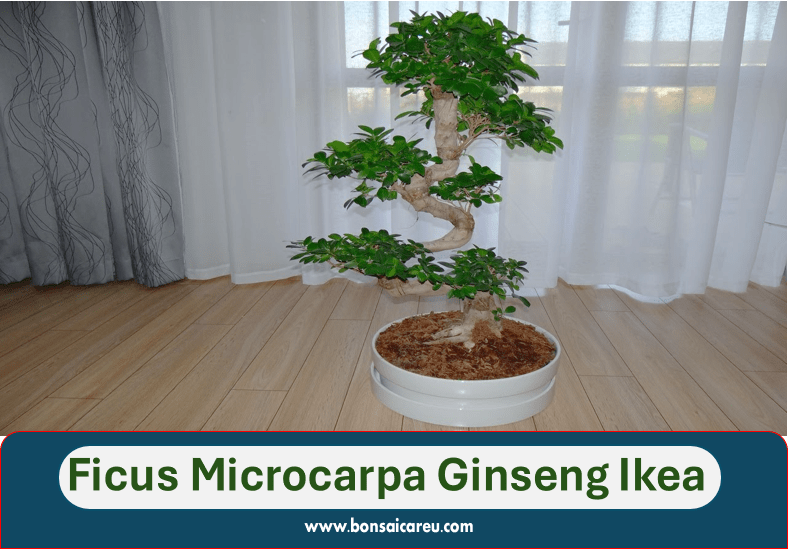Rocky Mountain Juniper Bonsai: Rocky Mountain Juniper Bonsai is popular for bonsai enthusiasts. It thrives in Austin, Texas, United States, showcasing informal upright or windswept styles.
Bonsai Mirai offers a detailed guide on styling and caring for these unique trees. The initial styling of a Rocky Mountain juniper involves careful wiring techniques to create a stunning bonsai masterpiece. ProgressionThursday videos provide insights into the transformation process of these bonsai trees.
Rocky Mountain Juniper Bonsai kits, ranging from affordable options to more premium selections, are available for purchase online. While these bonsai trees are best suited for outdoor environments, they require specific care to thrive and maintain their beauty. Juniper bonsai trees, such as the Rocky Mountain variety, bring a touch of nature’s elegance into any space.
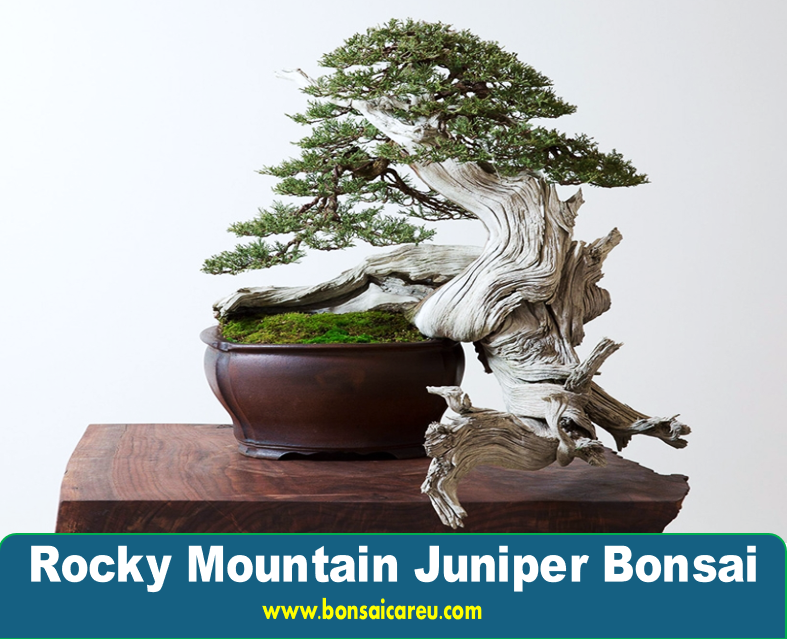
History And Origin
The Rocky Mountain Juniper Bonsai, known for its rugged and weathered appearance, has a rich history and origin that dates back centuries. Understanding this bonsai’s origins and cultural significance provides insight into its unique characteristics and allure.
Origins Of Rocky Mountain Juniper Bonsai
The Rocky Mountain Juniper (Juniperus scopulorum) is native to the western United States, particularly the Rocky Mountains and surrounding areas. It thrives in harsh, high-altitude environments, contributing to its resilient and weathered aesthetic. The art of cultivating Rocky Mountain Juniper Bonsai originated from the practice of yamadori, which involves collecting and styling wild trees. This tradition has deep roots in Japanese bonsai culture and has been instrumental in developing this style.
Cultural Significance
The Rocky Mountain Juniper holds cultural significance in American and Japanese bonsai traditions. In Native American culture, the tree has been revered for its medicinal and ceremonial uses, symbolizing strength, endurance, and wisdom. In Japanese bonsai art, the rugged and windswept appearance of the Rocky Mountain Juniper embodies the concept of wabi-sabi, embracing imperfections and transience as elements of beauty. This bonsai’s cultural significance extends to its portrayal of resilience, harmony with nature, and the passage of time, making it a cherished and symbolic addition to bonsai collections.
Caring For Rocky Mountain Juniper Bonsai
Rocky Mountain Juniper Bonsai, also known as Juniperus scopulorum, is a stunning and resilient tree species that can thrive as a bonsai. Proper care is essential to ensure the health and longevity of these beautiful bonsai trees. Here’s a comprehensive guide on caring for Rocky Mountain Juniper Bonsai, covering important aspects such as light and temperature requirements, watering and humidity needs, and pruning and wiring techniques.
Light And Temperature Requirements
Rocky Mountain Juniper Bonsai thrives in well-lit areas with ample sunlight. Place your bonsai in a location that receives full sun for at least 6 hours daily. To mimic its natural habitat, ensure the temperature ranges between 60-80°F (15-27°C) during the growing season and around 30-40°F (-1 to 4°C) in winter.
Watering And Humidity Needs
Water your Rocky Mountain Juniper Bonsai thoroughly, allowing the soil to dry slightly between watering sessions. Maintain a balanced moisture level to prevent waterlogging, which can lead to root rot. Increase humidity levels by misting the foliage regularly, especially during dry periods, to promote healthy growth.
Pruning And Wiring Techniques
Regular pruning is essential to maintain the shape and size of your Rocky Mountain Juniper Bonsai. Trim excess foliage and prune back new growth to encourage denser foliage pads and promote overall balance. Utilize wiring techniques to guide the branches into the desired position, but be cautious to avoid damaging the delicate branches.
Styling Techniques
When it comes to styling a Rocky Mountain Juniper Bonsai, several techniques can be used to create unique and visually appealing designs. Each technique has its own aesthetic and can be used to evoke a specific natural environment or growth pattern.
Informal Upright Style
The informal upright style is characterized by a straight trunk that is slightly slanted or curved. The trunk typically tapers from the base to the apex, creating a sense of movement and age. This style often mimics the growth of a tree in a natural setting, where environmental factors influence the trunk’s shape.
Semi-cascade And Windswept Styles
The semi-cascade style features a trunk extending beyond the container’s edge, creating a cascading effect. This style is reminiscent of trees growing on cliffs or near water, where their branches hang down due to the influence of gravity or wind. On the other hand, the windswept style portrays the tree as if it has been shaped by strong winds, with its branches swept to one side.
Root Over Rock And Formal Upright Styles
The root-over-rock style involves training the roots of the juniper to grow over a rock, creating a harmonious fusion of tree and stone. This style symbolizes the resilience of the tree and its ability to adapt to challenging growing conditions. In contrast, the formal upright style features a straight and upright trunk with evenly spaced branches, representing a well-balanced and structured form typically found in more controlled environments.
Purchasing And Growing
Rocky Mountain juniper bonsai is a beautiful and unique addition to any indoor garden. When purchasing and growing these bonsai trees, a few important factors must be considered. From selecting the right tree to understanding the best practices for indoor growth, here is a guide to buying and growing Rocky Mountain juniper bonsai.
Buying Rocky Mountain Juniper Bonsai
When purchasing a Rocky Mountain juniper bonsai, it must be sourced from a reputable seller. Whether you’re looking for a starter kit or a more mature tree, consider the following options for purchasing your bonsai:
- denandmen.com: Rocky Mountain Juniper Bonsai Kit – $10.99
- The Jonsteen Company (Amazon.com seller): Bonsai Tree Rocky Mountain Juniper – $10.99
- lilliesweeds.com: Bonsai Rocky Mount Juniper Grow – $10.99
- Daily Ritual Market: Rocky Mountain Juniper Bonsai Tree Seed Grow Kit – $15.00
- eBay: Juniper Bonsai Tree On Rock Slab – $181.99
- Amazon.com: Juniper Bonsai Tree Rock/Mountain with Ceramic Bonsai Pots – $29.00
Growing Rocky Mountain Juniper Bonsai Indoors
When growing Rocky Mountain juniper bonsai indoors, providing the right environment for optimal growth is important. Here are some key points to keep in mind:
- Light: Place the bonsai in a bright, sunny location to ensure it receives ample natural light.
- Watering: Keep the soil consistently moist but not waterlogged by watering when the top layer of soil feels dry to the touch.
- Temperature: Maintain a moderate room temperature, ideally between 60-80°F, to support healthy growth.
- Fertilization: Use a balanced liquid fertilizer during the growing season to provide essential nutrients for the bonsai.
- Pruning: Regularly prune and shape the bonsai to maintain its desired form and encourage new growth.
Common Issues And Faqs
Common issues and FAQs may arise for those tending to a Rocky Mountain Juniper Bonsai. Understanding the best care practices, including watering, sunlight needs, and potential pests, is vital to ensure the health and longevity of the bonsai. Properly addressing these factors can help the bonsai thrive in its environment.
Can Rocky Mountain Juniper Bonsai Survive Indoors?
Rocky Mountain Juniper Bonsai is best suited for outdoor environments due to its need for ample sunlight and good air circulation.
Indoors may struggle due to low light levels and lack of proper ventilation, leading to pest infestations and poor growth.
Is Rocky Mountain Juniper Fast-growing?
Rocky Mountain Juniper is not considered a fast-growing species, making it ideal for bonsai cultivation as it allows for more control over its shape and development.
Patience is key when growing this species, as developing its distinctive and elegant bonsai appearance requires time.
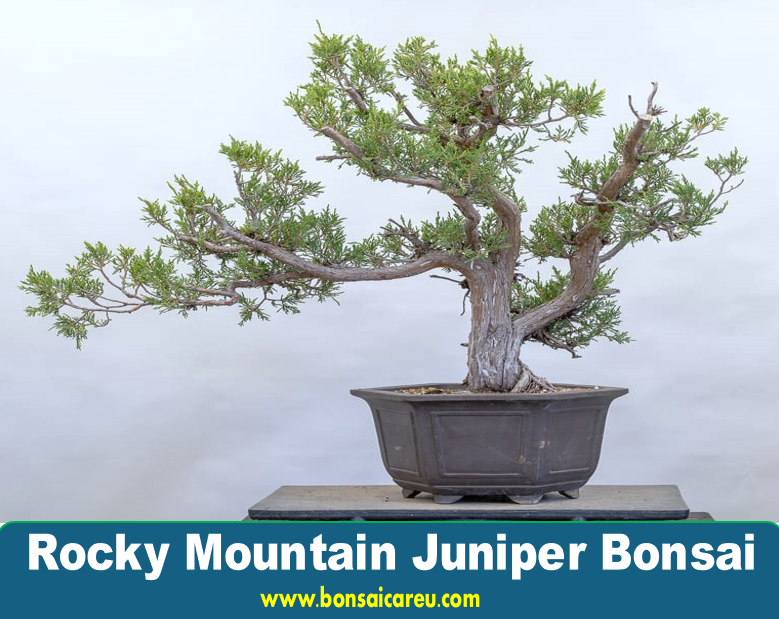
Frequently Asked Questions For Rocky Mountain Juniper Bonsai
Can A Rock Juniper Bonsai Survive Indoors?
Rock juniper bonsai cannot survive indoors because they require sunlight and a period of dormancy. It is best to keep them outdoors to receive natural light and go through their natural growth cycle.
What Type Of Juniper Is Best For Bonsai?
The best juniper types for bonsai are Chinese Juniper and Japanese Shimpaku with scale-like foliage.
Why Can’t Juniper Bonsai Live Indoors?
Juniper bonsai need sunlight and dormancy, making indoor survival difficult. They thrive outdoors with proper care.
Is Rocky Mountain Juniper Fast Growing?
The Rocky Mountain juniper is not fast-growing. It has a moderate growth rate.
Can Rocky Mountain Juniper Bonsai Be Grown Indoors?
Rocky Mountain Juniper Bonsai is an outdoor tree and cannot thrive indoors. It requires ample sunlight and fresh air to grow properly.
What Is The Best Type Of Juniper For Bonsai?
Juniperus Scopulorum, also known as Rocky Mountain Juniper, is a great choice for Bonsai due to its hardy nature and beautiful foliage.
Conclusion
Cultivating Rocky Mountain Juniper Bonsai requires patience, skill, and dedication. Proper care and maintenance are essential for the health and longevity of these beautiful bonsai trees. With the right techniques and knowledge, you can enjoy the beauty of these unique bonsai specimens for years to come.
